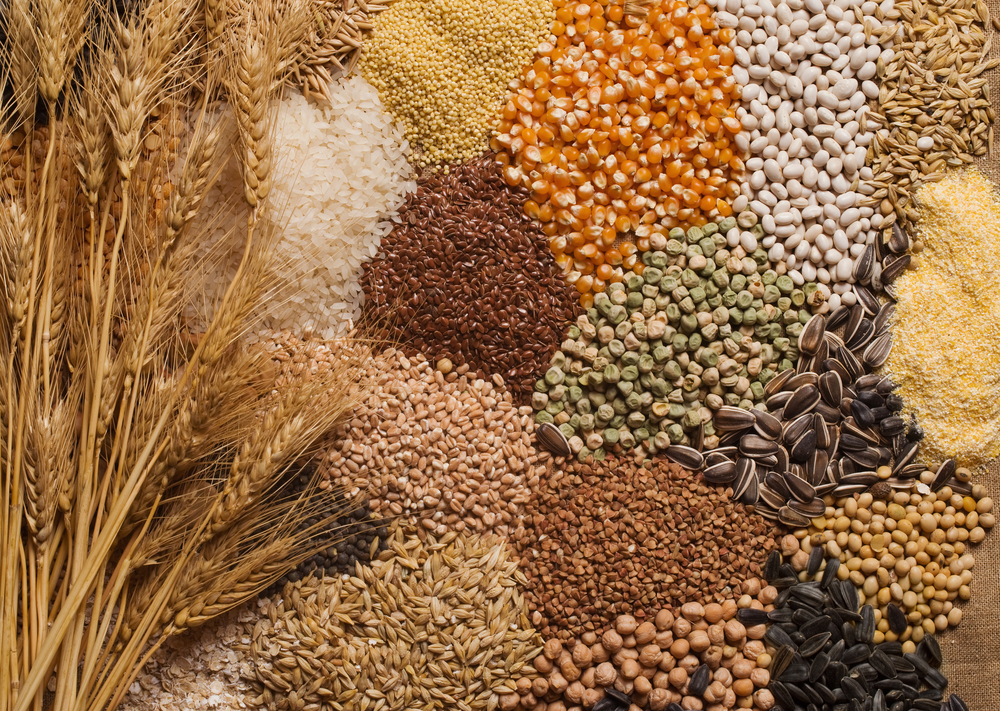Your morning toast might be secretly undermining your heart health. That sandwich at lunch? It could be contributing to inflammation that affects your entire cardiovascular system. The pasta dinner you love? It might not be doing your arteries any favors.
But what if a simple grain swap could dramatically change this picture? What if an ancient food, largely overlooked in Western diets, could help transform your heart health trajectory while actually tasting better than the refined grains most of us consume daily?
Enter barley, the 10,000-year-old grain that deserves a serious comeback in your kitchen. This unassuming grain packs a nutritional punch that makes it a genuine superfood for cardiovascular wellness, yet it remains dramatically underutilized in most modern diets.
The beta-glucan advantage your heart craves
The secret weapon in barley’s heart-health arsenal is a type of soluble fiber called beta-glucan. This remarkable compound performs what seems like magic in your digestive system, binding to cholesterol-rich bile acids in your intestines and escorting them out of your body before they can be reabsorbed.
The result? Your liver must pull LDL cholesterol from your bloodstream to make more bile acids, naturally lowering your blood cholesterol levels. This isn’t just theoretical benefit. Research shows consuming just 3 grams of beta-glucan daily can lower LDL cholesterol by up to 7%.
While oats get most of the beta-glucan publicity, barley actually contains more of this powerful fiber per serving. A cup of cooked barley delivers about 2.5 grams of beta-glucan, making a significant dent in that 3-gram daily target that can help transform your lipid profile.
The blood sugar regulation that protects your vessels
Every blood sugar spike triggers a cascade of inflammatory processes that gradually damage blood vessel walls. Over time, these repeated injuries contribute to atherosclerosis, the hardening and narrowing of arteries that underlies most heart attacks and strokes.
Barley’s impressive fiber content creates a protective effect against these dangerous spikes. With a glycemic index significantly lower than wheat, rice, and corn, barley causes a much gentler rise in blood sugar levels, reducing the inflammatory impact on your cardiovascular system.
What makes barley particularly special is its amylose content, a type of resistant starch that digests slowly and helps moderate insulin response. Even more impressive, research shows this blood sugar benefit extends beyond the barley-containing meal itself, improving glucose regulation at subsequent meals too, creating a metabolic advantage that lasts throughout the day.
The mineral profile that regulates blood pressure
Hiding within each barley grain is an impressive array of heart-regulating minerals that work together to support healthy blood pressure. Most notable is potassium, which counterbalances sodium’s blood pressure-raising effects by relaxing blood vessel walls and helping the body excrete excess sodium.
A cup of cooked barley delivers about 7% of your daily potassium needs, but its real power comes from its ideal balance of multiple minerals working synergistically. The magnesium in barley activates the enzyme that produces nitric oxide, a compound that dilates blood vessels. Meanwhile, its calcium content helps regulate the contractions of heart muscle and blood vessel walls.
This mineral matrix makes barley particularly valuable for the approximately 116 million Americans with hypertension, especially when it replaces refined grains that lack these natural pressure regulators. Unlike medications that target single pathways, barley’s multiple mechanisms help support healthy blood pressure through several complementary channels.
The antioxidant army protecting your heart
When most people think of antioxidant-rich foods, berries and dark chocolate come to mind, not humble grains. Yet barley contains an impressive array of phenolic compounds and antioxidants that help neutralize free radicals before they can damage the delicate lining of your blood vessels.
Particularly abundant in barley are ferulic acid and flavan-3-ols, antioxidants shown to reduce oxidation of LDL cholesterol. This matters because oxidized LDL is far more likely to penetrate artery walls and contribute to plaque formation than non-oxidized LDL.
What gives barley an edge over many other whole grains is that its antioxidants aren’t just concentrated in the bran and germ. They’re distributed throughout the kernel, meaning you get significant protection even from pearled barley that has had some of the outer layers removed.
The anti-inflammatory effect that protects arterial walls
Chronic, low-grade inflammation is now recognized as a key driver in the development and progression of heart disease. This smoldering inflammatory process gradually damages arterial walls, creating vulnerability to plaque formation and eventual blockages.
Barley contains several compounds that help cool this inflammatory fire. Its soluble fiber ferments in your colon, producing short-chain fatty acids that have been shown to reduce inflammatory markers throughout the body. These beneficial compounds actually help regulate gene expression related to inflammation, potentially altering your cardiovascular disease risk at the genetic level.
Research published in the American Journal of Clinical Nutrition found that participants who consumed barley regularly showed significant reductions in C-reactive protein and interleukin-6, two key markers of systemic inflammation. These reductions weren’t just statistically significant, they were large enough to potentially translate into meaningful reductions in heart disease risk.
The gut microbiome enhancement that benefits your heart
The trillions of bacteria in your digestive tract don’t just affect digestion, they play a crucial role in heart health too. An imbalanced gut microbiome has been linked to increased inflammation, altered cholesterol metabolism, and even hypertension.
Barley functions as a powerful prebiotic, feeding the beneficial bacteria in your gut while helping crowd out less helpful varieties. This microbial nurturing creates cascading benefits for cardiovascular health, including improved short-chain fatty acid production and enhanced removal of cholesterol from the bloodstream.
What makes barley particularly valuable is its diverse fiber profile, containing multiple types of fiber that nourish different beneficial bacterial strains. This diversity helps create a more resilient microbiome that can better perform its many heart-protecting functions, from regulating inflammation to helping maintain the integrity of the intestinal barrier that prevents harmful compounds from entering circulation.
The practical way to make the barley swap
Transforming your heart health with barley doesn’t require a complete diet overhaul. Start by using it as a simple substitute in familiar dishes. Replace white rice with barley in stir-fries, soups, and side dishes. Its pleasant chewiness and nutty flavor often make these dishes more satisfying than their refined grain counterparts.
Barley flour can replace up to half the wheat flour in many baking recipes, adding moisture and a subtle sweetness that works particularly well in muffins and quick breads. For a truly heart-healthy hack, try cooking a batch of barley on weekends to keep in your refrigerator, ready to add to salads, soups, or breakfast bowls throughout the week.
When shopping, you’ll find two main types: hulled barley retains more of the bran and provides maximum nutritional benefits, while pearled barley cooks more quickly but still outperforms most refined grains in heart-healthy compounds. Both varieties offer significant cardiovascular advantages, so choose based on your cooking time and texture preferences.
This ancient grain, first cultivated around 8000 BCE, could be the missing piece in your heart health puzzle. While no single food can guarantee cardiovascular wellness, the evidence supporting barley’s heart benefits is both substantial and growing. Its unique combination of cholesterol-lowering fiber, blood sugar regulation, antioxidant protection, and anti-inflammatory compounds creates a powerful synergy that few foods can match.
The best part? This heart-health superstar is affordable, versatile, and widely available. No exotic superfoods or expensive supplements required — just a simple grain swap that could pay dividends for your cardiovascular health for years to come.















